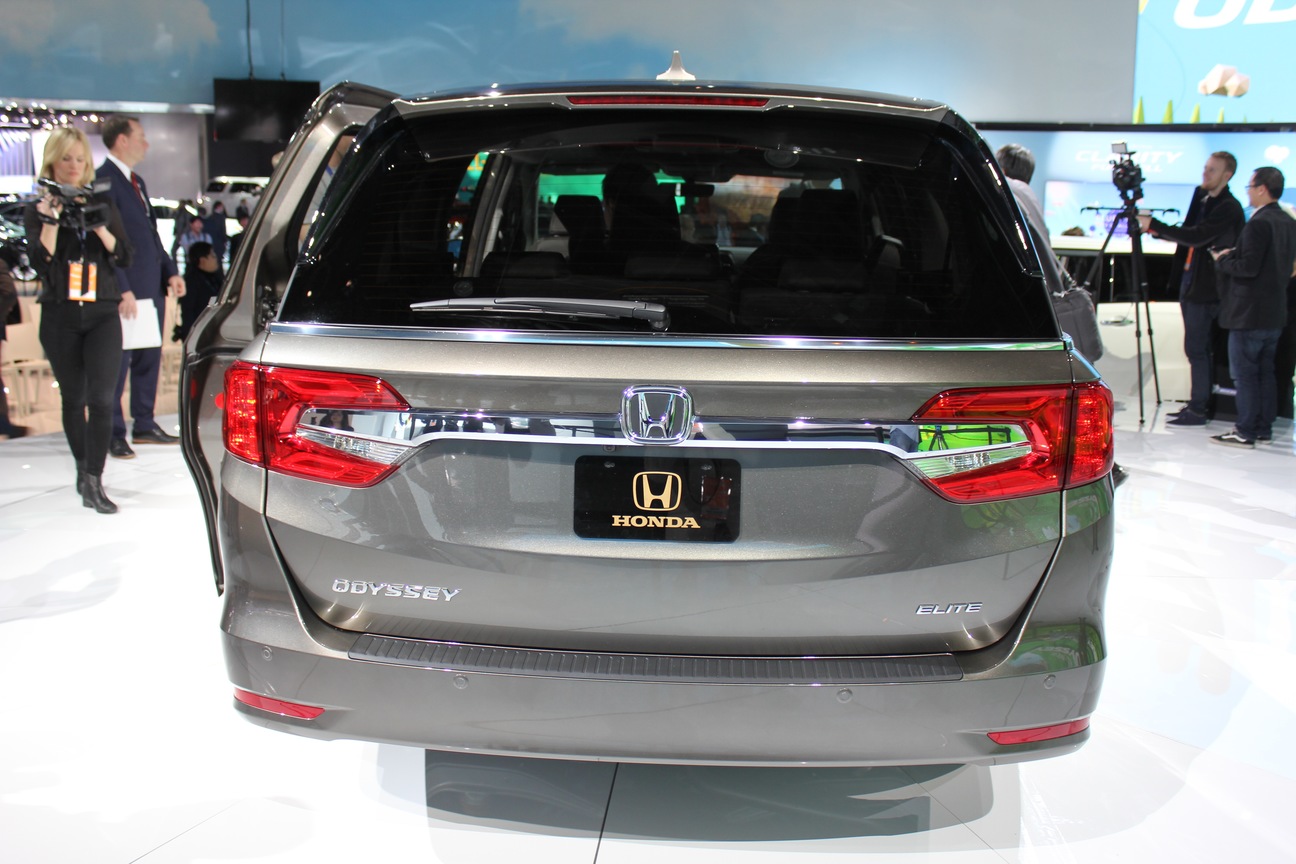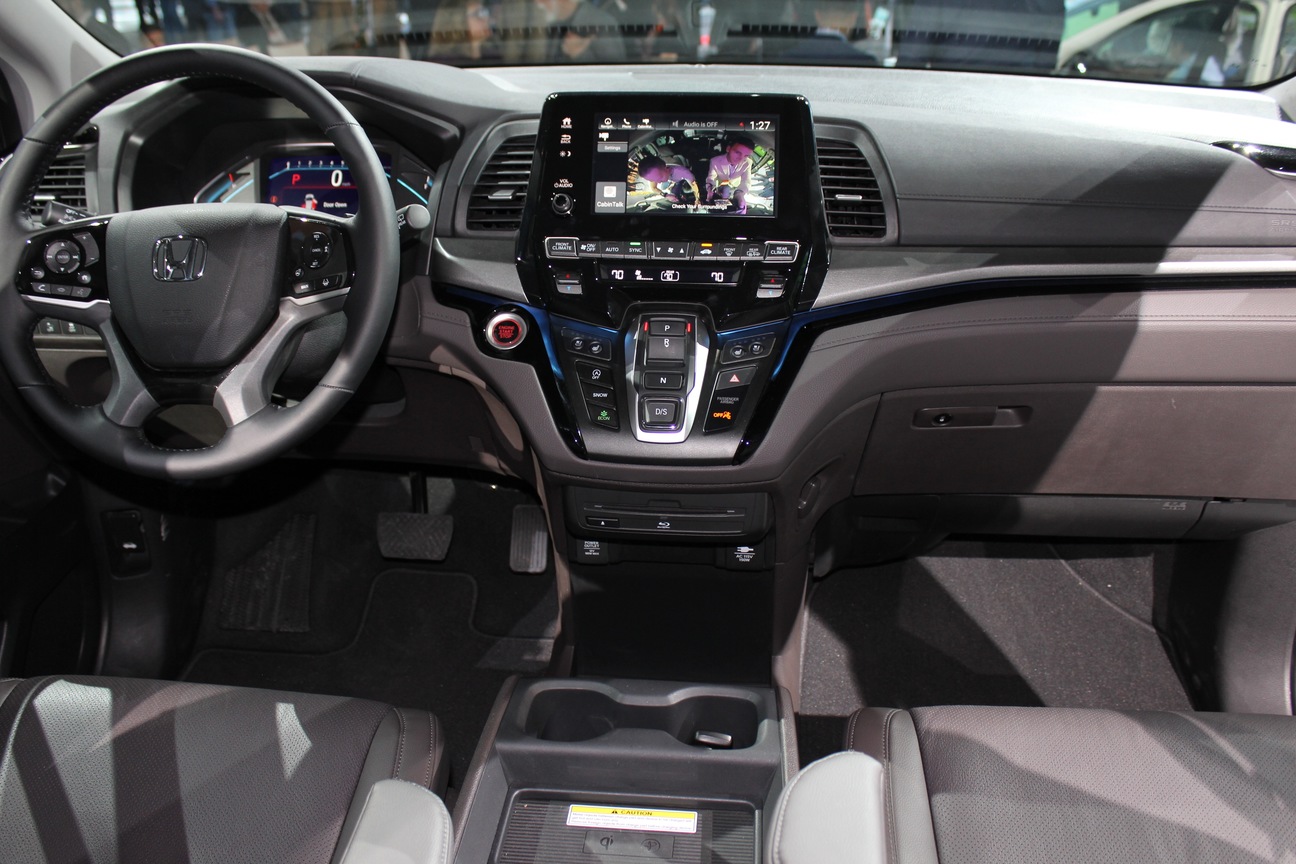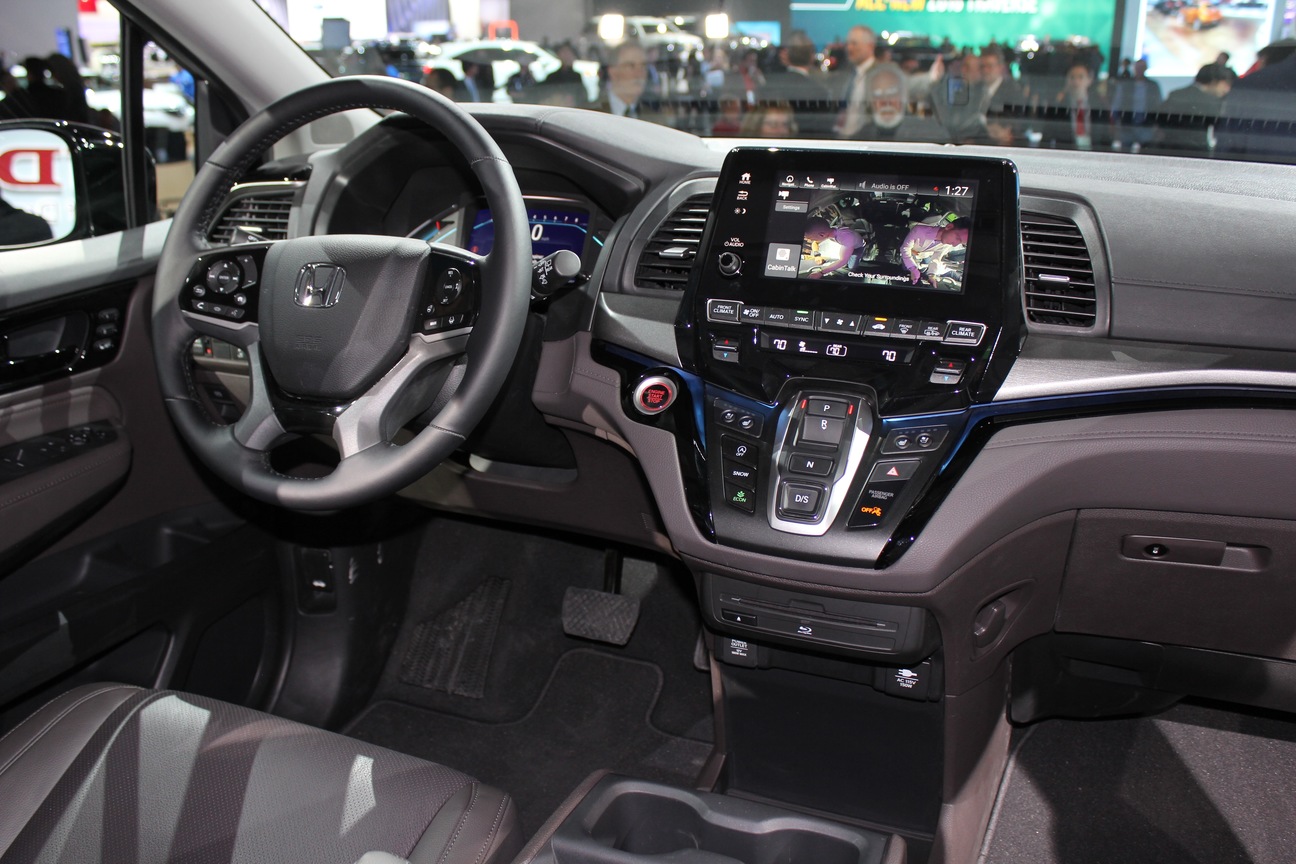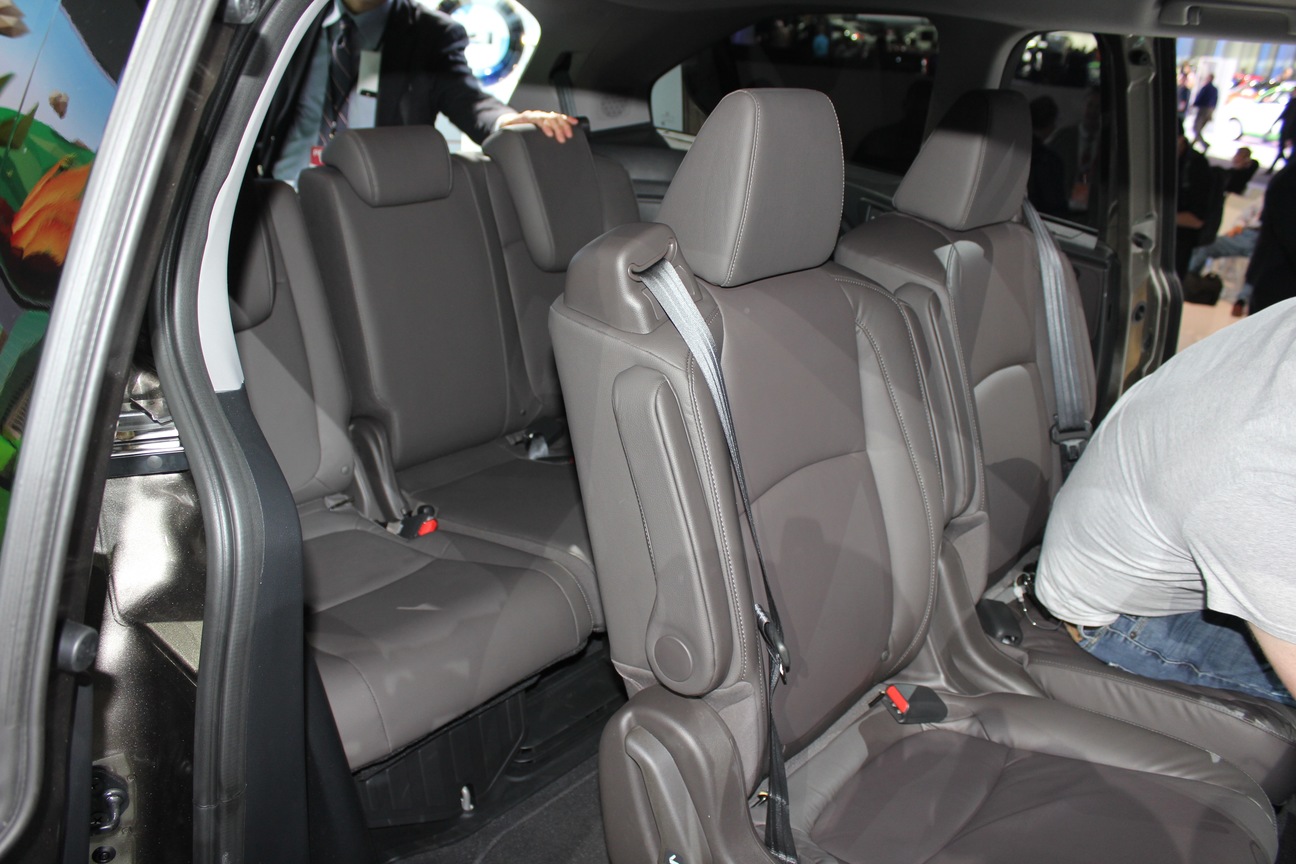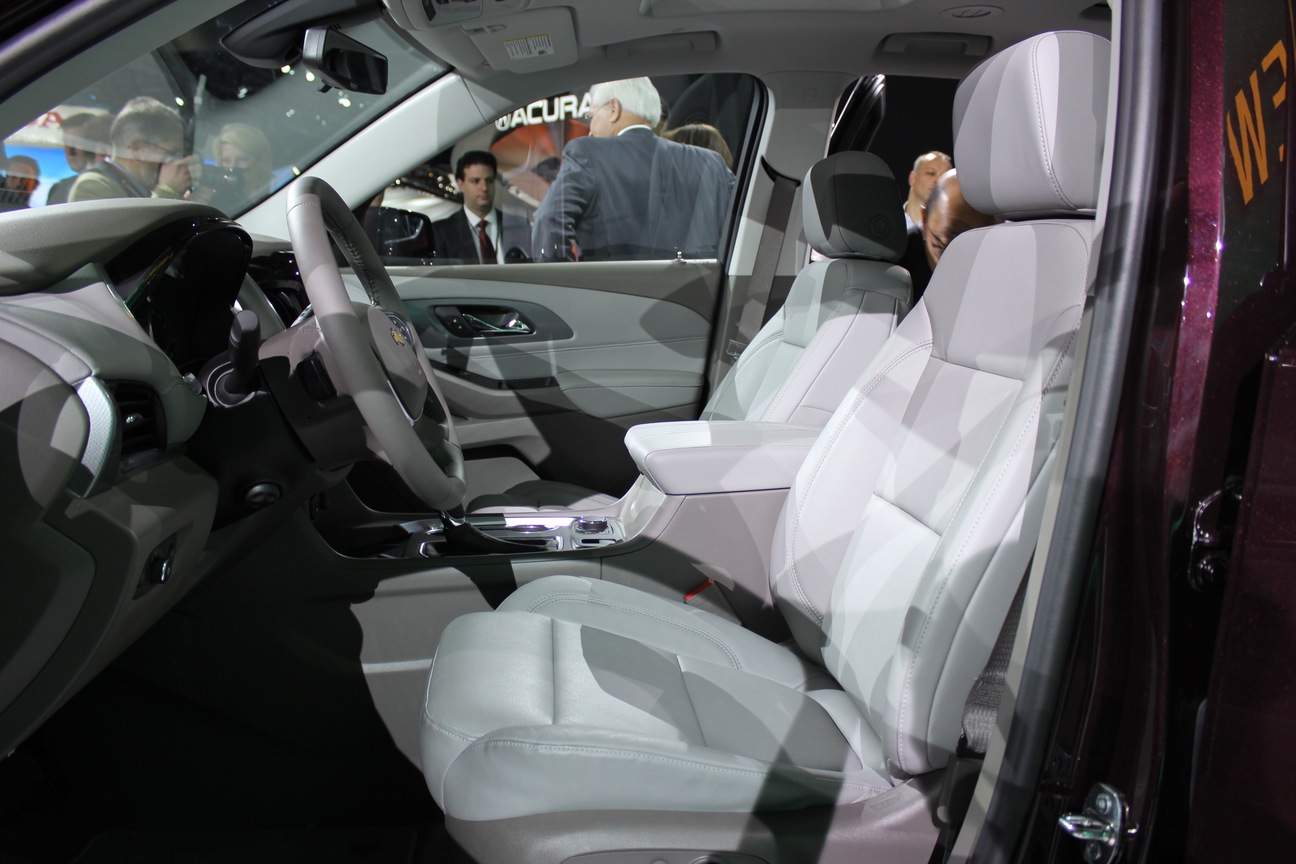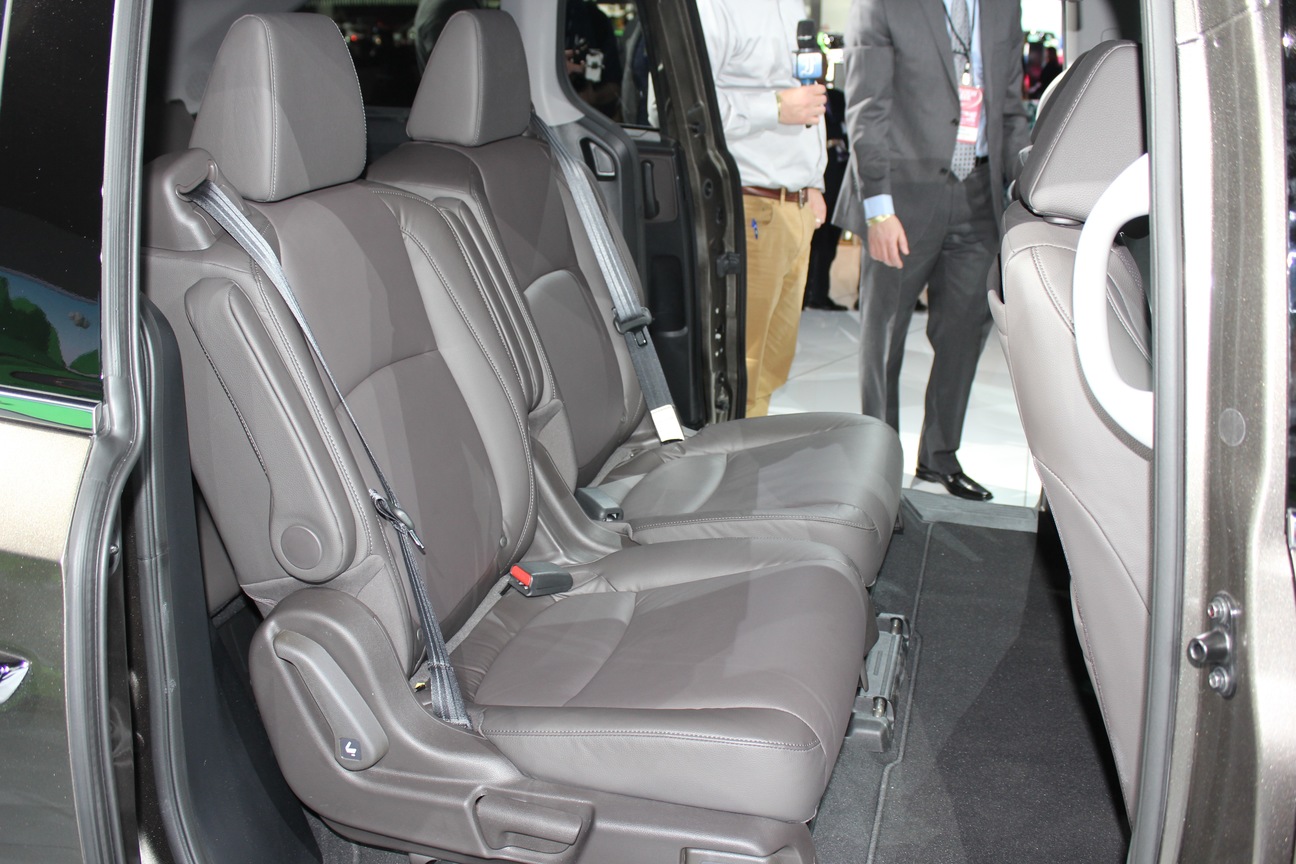Detroit-based Chevrolet traveled to its home show to unveil the new 2018 Traverse. The Bowtie’s latest SUV boasts more space inside for passengers and gear, and it’s available with a turbo four for the first time ever.
Chevrolet gave the Traverse a more spacious cabin by extending the model’s wheelbase, and by asking its designers to draw a boxier body. It nonetheless remains stylish with an upright rendition of the brand’s double-frame grille, angular headlights, and elegant chrome trim around the windows. Buyers can select 18- or 20-inch alloy wheels.
The Traverse’s cavernous cabin offers 23 cubic feet of trunk space with eight occupants on board. Folding down the third-row seats yields 58.1 cubes, a figure that grows to an impressive 98.5 when only the two front seats are left up. Chevrolet predicts the model will offer best-in-class leg room for passengers sitting in the third row.
A 7-inch touchscreen runs Chevrolet’s MyLink infotainment system, though upmarket trim levels benefit from an eight-inch unit. A storage bin is cleverly hidden behind the screen. USB storage ports are available in all three rows, and the list of options includes a wireless phone charger built into the front armrest.
Two new trim levels named RS and High Country, respectively, join the lineup. Those familiar with Chevrolet nomenclature will tell right off the bat that the RS model is sporty, while the High Country version is luxurious. RS cars receive blacked-out exterior trim, black emblems all around, and 20-inch alloy wheels. High Country models stand out with loft brown leather upholstery, standard power-folding third-row seats, and model-specific alloys.
The base engine is a direct-injected, 3.6-liter V6 that produces 305 horsepower at 6,800 rpm and 260 pound-feet of torque at 2,800 rpm. It returns 18 mpg in the city and 25 mpg on the highway. The Traverse is surfing the industry’s downsizing wave, so customers can pay extra for a turbocharged, 2.0-liter four-cylinder tuned to generate 255 horsepower at 5,500 rpm and a V6-beating 295 pound-feet of torque at 3,000 rpm. Fuel economy checks in at 20 mpg in the city and 23 mpg on the highway.
Both engines shift through a nine-speed automatic transmission. Front-wheel drive comes standard, and all-wheel drive is offered at an extra cost. Chevrolet hasn’t revealed whether the 1.6-liter turbodiesel four-cylinder engine offered in the Cruze and the GMC Terrain will ultimately find its way under the Traverse’s hood.
Dealers will begin receiving the 2018 Chevrolet Traverse in the fall. Pricing information won’t be announced until closer to the model’s on-sale date.
